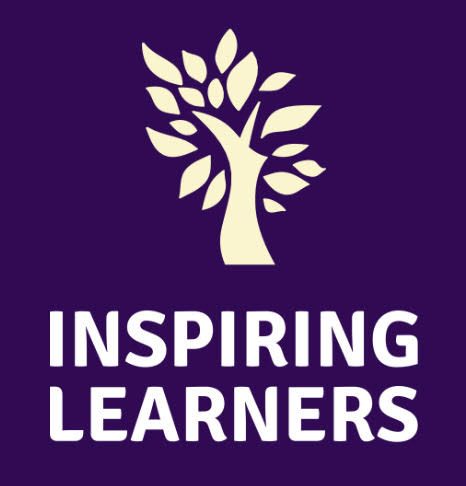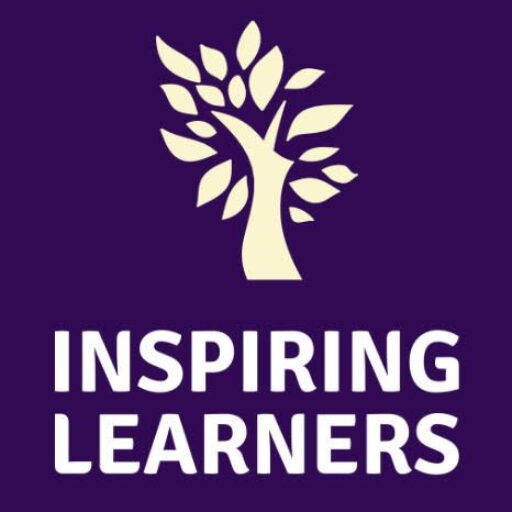Unleash Your Inner Genius: How to Tap into Your Hidden Potential
‘Hidden potential’ refers to the idea that people have untapped abilities that they haven’t yet realized or used, which could be developed by learning new skills and applying them in different ways. In other words, if you think about how far your current skill set has taken you in life so far (and it’s probably quite far), imagine how much further along the road of success and happiness those same skills could take you if they were improved upon or expanded upon with new ones!
The Benefits of Unlocking Hidden Potential
Unlocking hidden potential is a great way to improve performance, motivation and problem-solving.
- Improved performance: When people are able to use their full potential, they perform better in the workplace. This can be seen in both individual tasks and group projects where teamwork is required.
- Increased motivation: When people feel like they’re reaching their full potential, they become more motivated than ever before because their goals are within reach!
- Better problem-solving skills: When you know exactly what you want out of life (and how to achieve it), then it becomes much easier for your mind to solve problems that may come along with achieving those goals!
How to Create an Environment that Supports Growth Mindset
To create an environment that supports growth mindset, you need to:
- Provide feedback. Feedback is a powerful tool for helping people learn and improve their performance. When providing feedback, focus on the process rather than the outcome. For example, instead of saying “You did a great job” or “You failed,” say something like “I noticed that you worked hard on this project.” It’s also important not to give too much praise; research shows that overpraising can lead people away from challenging tasks because they feel like they’ve already accomplished everything they can (and therefore don’t need any more effort).
- Recognize effort over ability when giving praise or rewards in order to encourage others’ intrinsic motivation and self-confidence in their abilities rather than external factors like money or status symbols
Strategies for Unlocking Hidden Potential
To unlock hidden potential, you need to be strategic. This means creating a learning plan and setting SMART goals. It also means taking risks–it’s difficult to grow if you’re afraid of failure or don’t want to look silly in front of others!
Here are some strategies for unlocking hidden potential:
- Create a learning plan that helps you prioritize what skills and knowledge you need to acquire in order to reach your career goals.
- You can do this by looking at the job description for your dream position, then identifying which skills are required for success in that role (for example: “I want my dream job as an HR manager at Google; therefore I need experience managing large teams”).
- Next, make sure those skills are included on your list! If there’s something missing from it–like public speaking or leadership training–add them too! Then break down each item into smaller chunks so they’re easier for yourself or others who support your growth process (e.,g., friends/family members) understand what needs improving before tackling bigger projects like starting up an online course series or attending conferences where new ideas come together.
How to Measure Progress
One of the most important aspects of learning and development is measuring progress. It’s important to know if you’re making progress or not, and how much time it takes for you to get there. You can use a variety of tools to track your progress, including:
- A journal or notebook where you write down your thoughts and feelings about the work that needs to be done
- A checklist that tracks what tasks have been completed, what tasks remain undone (or partially completed) and whether those tasks have been delegated appropriately
- A project management tool so that all your tasks are organized in one place
Other ways to measure learning progress in order to unlock hidden potential are:
- Identify learning objectives: Identify the learning objectives for the training program at the outset. This will help you measure progress against specific goals.
- Use formative assessments: Use formative assessments at regular intervals to gauge learners’ understanding of the material. This will help identify areas where learners are struggling and provide an opportunity for intervention.
- Use summative assessments: Use summative assessments at the end of the training program to evaluate learners’ overall comprehension of the material.
- Provide feedback: Provide learners with regular feedback on their progress. This feedback should be specific, actionable, and timely. It should also be aligned with the learning objectives.
- Use learning analytics: Use learning analytics to gather data on learners’ performance. This data can be used to identify trends and patterns, which can help identify areas for improvement.
- Encourage self-assessment: Encourage learners to assess their own progress. This can help them identify areas where they need to improve and take ownership of their learning.
By measuring learning progress using these methods, you can identify areas where learners have hidden potential and provide them with the support they need to reach their full potential. This can lead to improved performance, increased engagement, and higher job satisfaction.
Using Technology to Unlock Hidden Potential
- Digital tools – Digital Learning and Development (L&D) tools are software and applications designed to enhance the learning experience through interactive and personalized online learning, assessments, and data analytics.
- Leveraging data: Leveraging data helps organizations identify skill gaps, personalize learning experiences, and measure the effectiveness of training programs, leading to an increase in employee performance and engagement.
- Creating a personalized learning experience: Creating a personalized learning experience involves tailoring the content, pace, and delivery method to an individual’s learning style and needs, resulting in higher engagement, retention, and application of knowledge.
Common Challenges of Unlocking Hidden Potential
As you begin to explore the possibilities for unlocking your hidden potential, it’s important to be aware of some common challenges.
- Limited resources: If you don’t have access to the right tools or resources, it can be difficult to get started on your journey. For example, if you want to learn how to code but don’t have access to a computer science course at school or work, then this is an obstacle that needs addressing before any progress can be made towards learning new skills.
- Lack of motivation: Motivation is essential when learning new skills because without it we won’t stick with our goals long enough for them become habits.
- Difficulty in measuring progress: When we’re trying something new and unfamiliar (like learning a foreign language) there may not be any immediate feedback given on how well we’re doing at first; this can make it hard for us as learners because we aren’t able to gauge how much progress has been made
In this article, we’ve looked at the importance of unlocking hidden potential and cultivating a growth mindset in your employees. We’ve also discussed how to leverage technology to help you get there.
We hope that you have found this information useful and are able to apply it in your organization!






